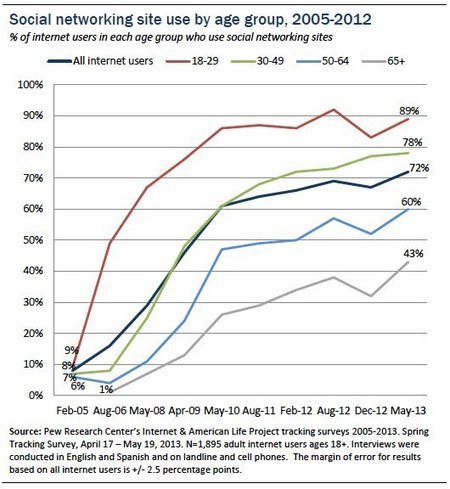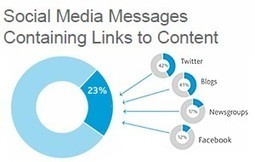Loyalty is an increasingly fleeting thing. In fact, the average Gen Y mother now defines “brand loyalty” as a window of allegiance lasting 6-12 months before she moves on to explore alternatives. And suffice to say, there are plenty of alternatives out there for her to explore, regardless of category. So, given the increasingly elusive nature of loyalty and the abundance of brand and product choices available, one might be inclined to argue that there’s never been a more important time for you to implement a loyalty program.
But it’s simply not true and here’s why…
Any loyalty program you create probably won’t work. But don’t feel too badly because as it turns out, most loyalty programs don’t work – at least not the way the companies who own them would like to believe. In fact, a recent study from Edgell Knowledge Network found that the level of actual brand loyalty among consumers who are part of a loyalty program versus those who are not, is not materially different.
So, why don’t most loyalty schemes work? Research points to several reasons....Loyalty programs are transactional. Loyalty isn’t....



 Your new post is loading...
Your new post is loading...




















This is a really fascinating look at consumer loyalty, brands and loyalty programs. it is a thought provoking read and I highly recommend get for anyone in marketing, PR and related fields. the challenge some of my long held personal beliefs about consumers.